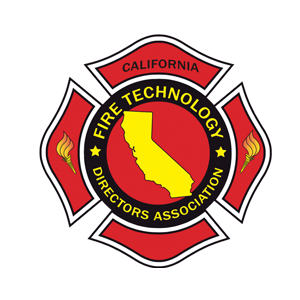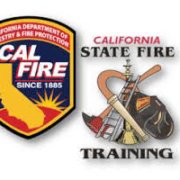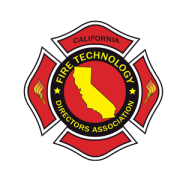Colleagues of the Fire Control 3 Structural Fire Fighting (2018) and curriculum community:
We’ve just turned in the updated Fire Control 3 and Instructor curriculum to staff for inclusion in the agenda for final approval at the July 10, 2020 STEAC meeting.
When this curriculum update started some four years ago, it was hoped to have been completed in 2017. Had it been, we would have need to revise it due to changes in the following NFPA standards. This new curriculum includes all of the provision of these associated standards:
- NFPA 1001: Standard for Fire Fighter Professional Qualifications (2019);
- NFPA 1041: Standard for Fire and Emergency Services Instructor Professional Qualifications (2019);
- NFPA 1403: Standard on Live Fire Training Evolutions (2018)
Based upon extensive stakeholder feedback from the members of the curriculum cadre, students of the three pilot courses, representatives of the ARTP’s and ALA’s and other members of the California fire service, you will note the following improvements:
1.
We included the CAL FIRE C-404 in the Safety Officer co-requisite requirement.
2.
We created an additional level of instructor type known as “Skills Coach.” In all the activities and skills, the student to skills coach ratio is 5:1, allowing for inquiry, coaching and skill mastery. https://osfm.fire.ca.gov/media/9762/attachment-5-skills-coach-instructor-type.pdf
3.
In cooperation with the CFTDA, ARTP’s and ALA’s, representatives assisted SFT staff with creating a streamlined SFT User Portal Webform PACE instructor update registration process for currently qualified registered instructors of Fire Control 3 (2009). https://osfm.fire.ca.gov/media/10962/fire-control-3-2018-instructor-update-application.pdf
4.
Survey feedback was received from members of the curriculum cadre and students of the three pilot Instructor: Live Fire Training – Fixed Facility courses offered in Menlo Park, Sacramento and Fresno, providing additional improvement guidance to SFT staff.
5.
Based upon the pilot course experience, stakeholder feedback and survey results, a more detailed analysis allowed for additional improvements to the curriculum, aligning it to more closely reflect the NFPA 1403 (2018) standard:
- Adding the Palmer Doll House (multi-chamber burn prop) Activity
- All hose line activities are in compliance with NFPA 1403, eliminating the mandatory language of a low gpm method of gas-cooling from the water application skill.
- Development of three videos to be available on line on the SFT website: Whoosh Box, Single Chamber Burn Prop, and Multi-Chamber Burn Prop.
The updated curriculum documents will be posted to the STEAC website by Monday, June 29, 2020: https://osfm.fire.ca.gov/boards-committees/statewide-training-education-advisory-committee-steac/
Thank you for all of your tireless work to see this very complicated curriculum come to it’s fruition, your contributions were integral to its development and completion.
The July 10, 2020 STEAC meeting is going to be a Zoom format, so I encourage you to attend and participate.
Please feel free to contact me if you have any questions or concerns.
Kevin Conant
Fire Training Specialist III
CAL FIRE
Office of the State Fire Marshal
Training Division
(408) 391-7992
[email protected]


